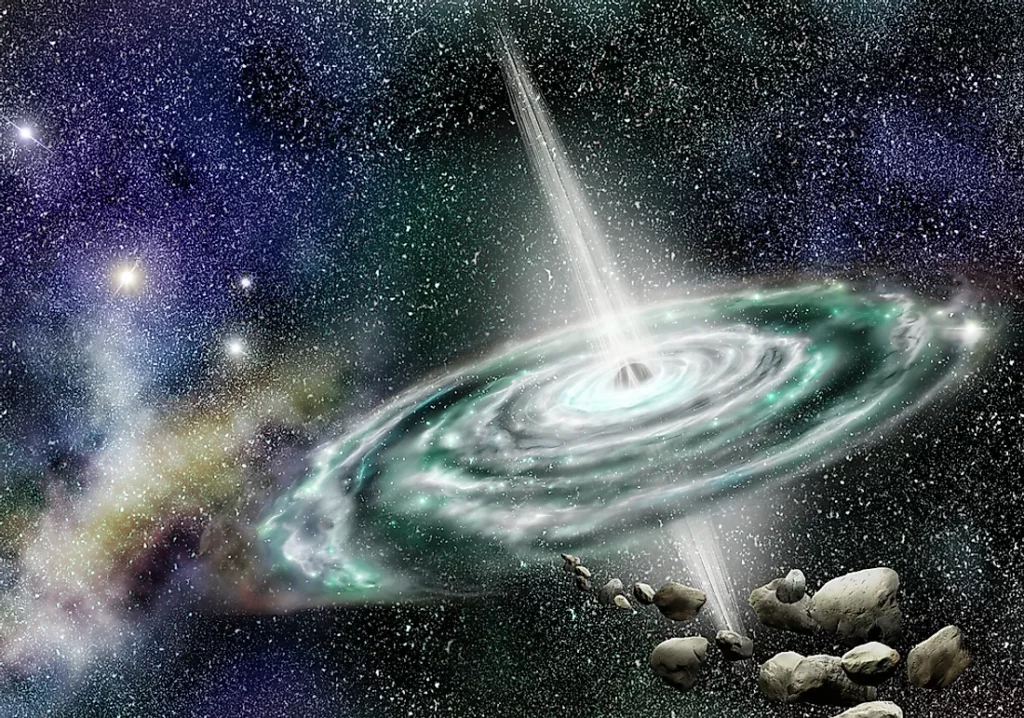Astronomers on Wednesday confirmed for the first time the source of quasars, the brightest objects in the Universe with colossal energy, that are leading galaxies to their doom.
Quasars are among the most extreme entities in the Universe, some shining as bright as a billion billion stars. Located at the heart of galaxies, they are powered by supermassive black holes, which, by swallowing gas, emit intense radiation.
Since the discovery of quasars in the 1950s, theory has it that they form when two galaxies collide. However, due to lack of evidence, the origin of these celestial behemoths remained a subject of debate.
An international team of astronomers says it has found “robust evidence” that quasars do indeed result from the collision of two galaxies, a phenomenon that releases the immense amount of energy needed.
This is the fate that could one day befall the Milky Way, warns Clive Tadhunter, one of the authors of the study, which was published on Wednesday in Monthly Notices of the Royal Astronomical Society.
Our neighbouring galaxy, Andromeda, “is heading towards us at about 200 kilometres per second,” the astrophysicist at the University of Sheffield in the UK told AFP.
At this rate, the two galaxies could collide in some five billion years, and cause a quasar.
By pushing the gas around it, the quasar prevents any new stars from forming, plunging the galaxies “into the throes of death”, the researcher continued.
The study compared observations of 48 galaxies housing quasars at their centres with those of 100 galaxies without them. According to the results, galaxies hosting quasars were three times more likely than others to have collided.
Why did this evidence take so long to find? That’s because the telescopes used were optimised for observing objects at the centre of galaxies, but were less effective at spotting traces of past collisions – traces nestled at the periphery of galaxies, according to Clive Tadhunter.
When observed with the Hubble Space Telescope, for example, these diffuse structures appear “washed out,” he says. His team has therefore relied on ground-based telescopes, such as the Isaac-Newton Observatory on the Spanish island of La Palma.
Quasars are “like beacons” in the Universe, which the powerful James Webb Space Telescope could detect in future, even in its remote ages, the scientist hopes.

